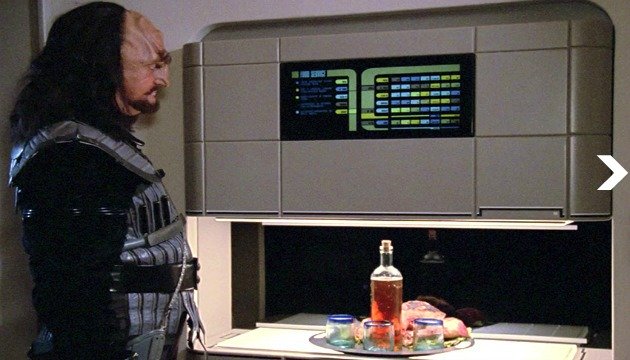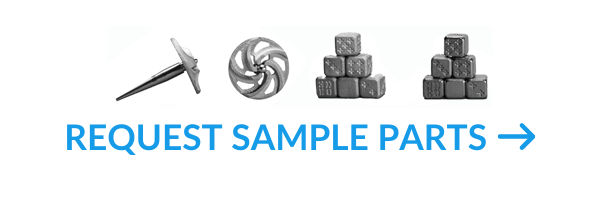3D Metal Printing Misconceptions
There has been a tremendous amount of hype around 3D printing in general. The mass media would have us believe that soon 3D printers will be the real-life versions of Star Trek Replicators that can make absolutely anything with the touch of a button. Maybe this will be true one day, but it’s far from the truth today. 3D metal printing has been billed as a catch-all for designs that cannot be turned into finished products by other manufacturing processes and technologies. But 3D metal printing is not a “rescue operation” and won’t be able to save a flawed design. As a low-volume manufacturer offering 3D metal printing services, 3DEO receives many inquiries specifically because a design did not work with other manufacturing processes. Most designs received cannot be printed “as is” and require significant design changes for metal additive manufacturing. Usually, as with any other manufacturing technique, the parts have to be designed specifically to be printed with a metal 3D printer.
A common situation arises when potential customers want parts designed for 3D plastic printing to be printed in metal. Metal printing and plastic printing are not interchangeable processes. Metal printing is much more complex, requiring detailed design forethought.
Another common misconception is the preference to choose metal printing over traditional (subtractive) practices such as CNC machining. If parts with simpler geometries can be made using subtractive CNC manufacturing, then in all likelihood those processes should be used. 3D printing can be cost competitive with CNC when the features are very complex or impossible with traditional CNC. On top of this, designs optimized for CNC machining cannot be “run through” a 3D metal printer. Other design factors need to be taken into account, which may significantly alter the original design.
For example, with laser sintering, the longer it takes to print a metal part, the higher the chances it will fail. There will be a great deal of internal stress created during the repeated heating and cooling that must take place. The more time it takes to build the part, the more likely the part is to distort during the printing process due to its large volume, and those internal stresses will increase up over the build time; stresses cannot be relieved during metal printing.
It’s important to understand the reality of metal 3D printing, and the best way to do this is to actively engage in conversations with 3D-printed metal parts suppliers like 3DEO, or the equipment manufacturers like EOS or ExOne.



